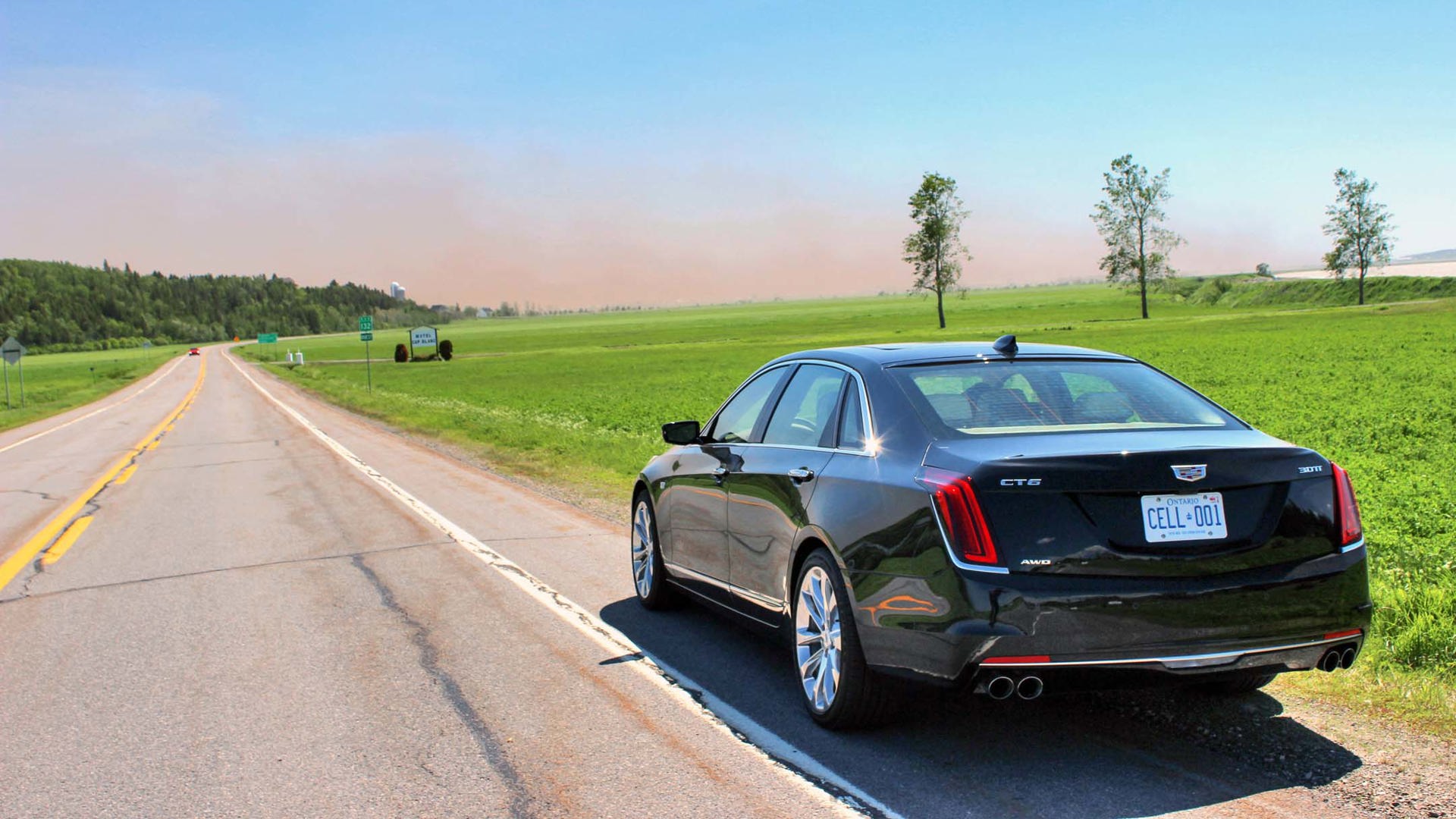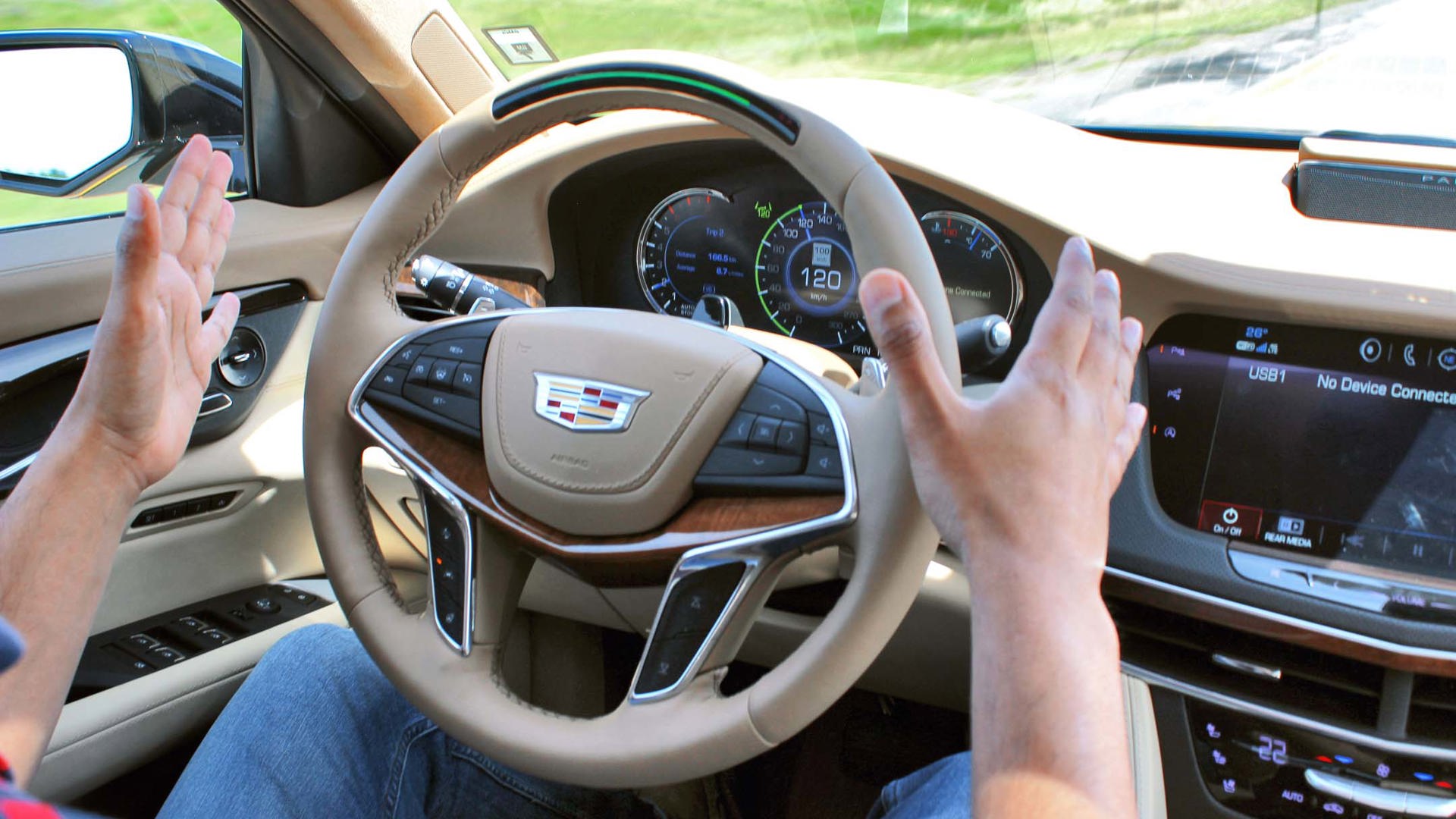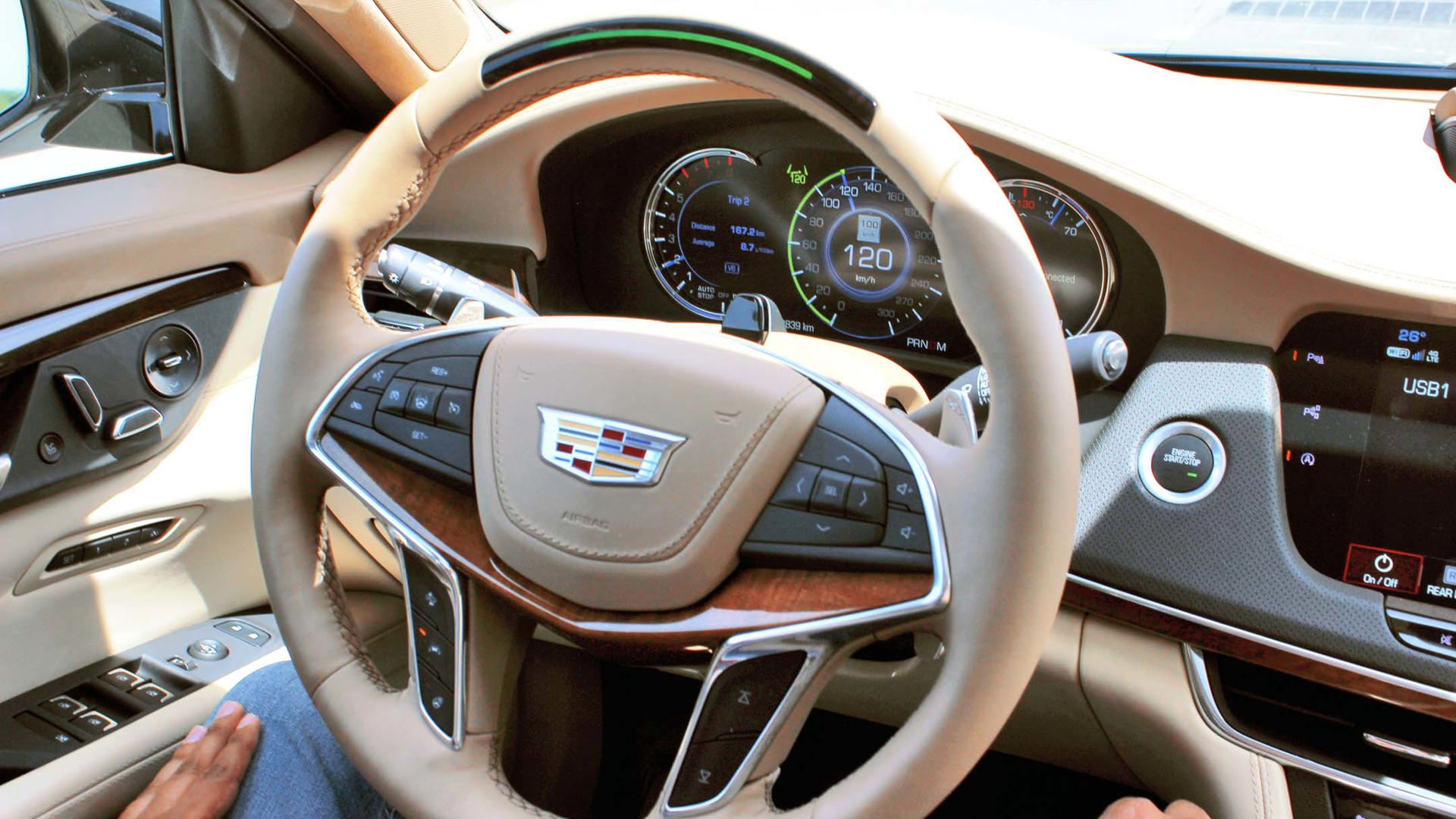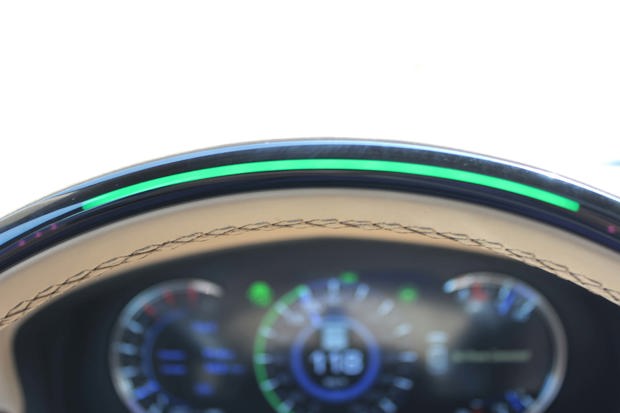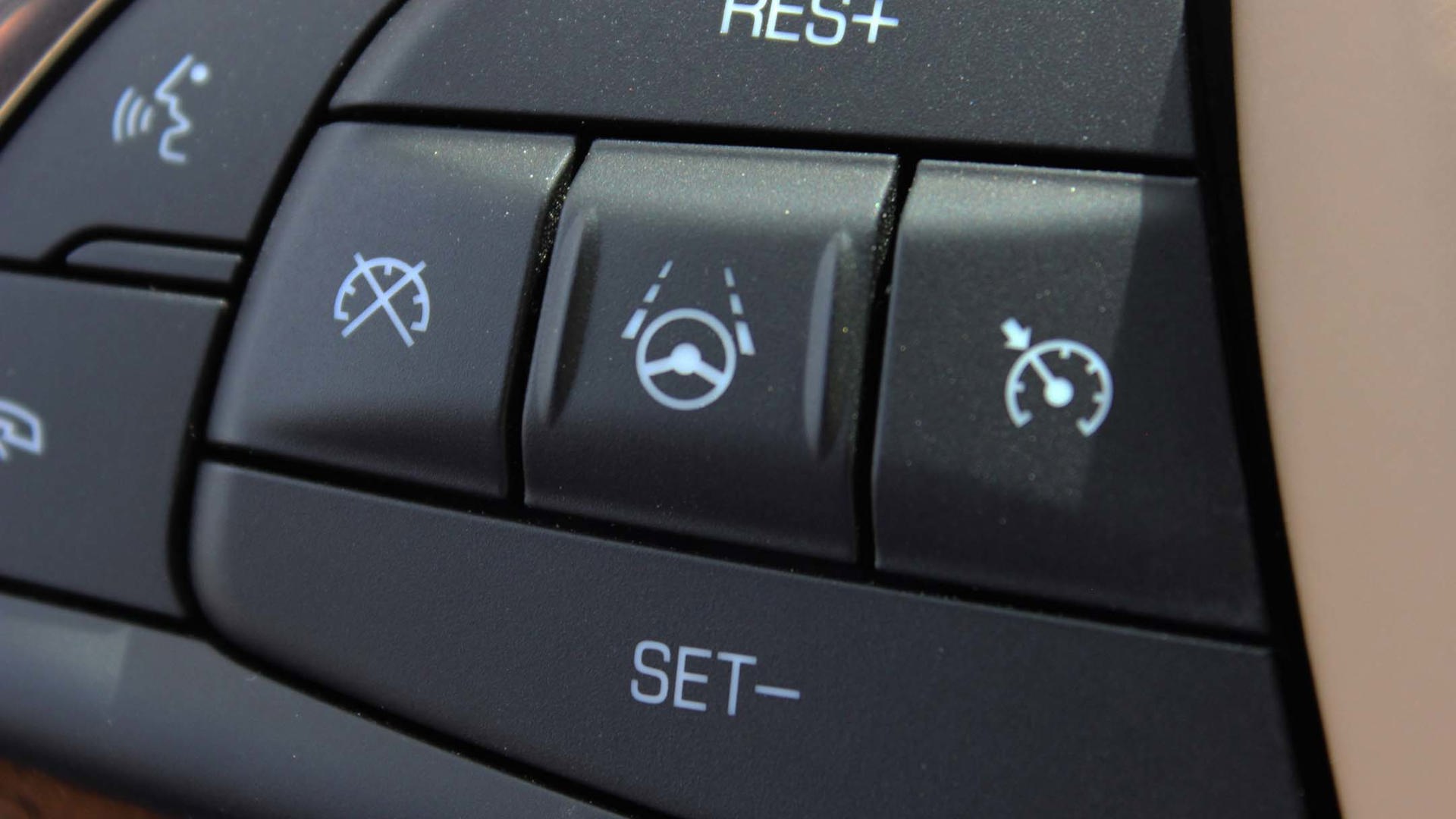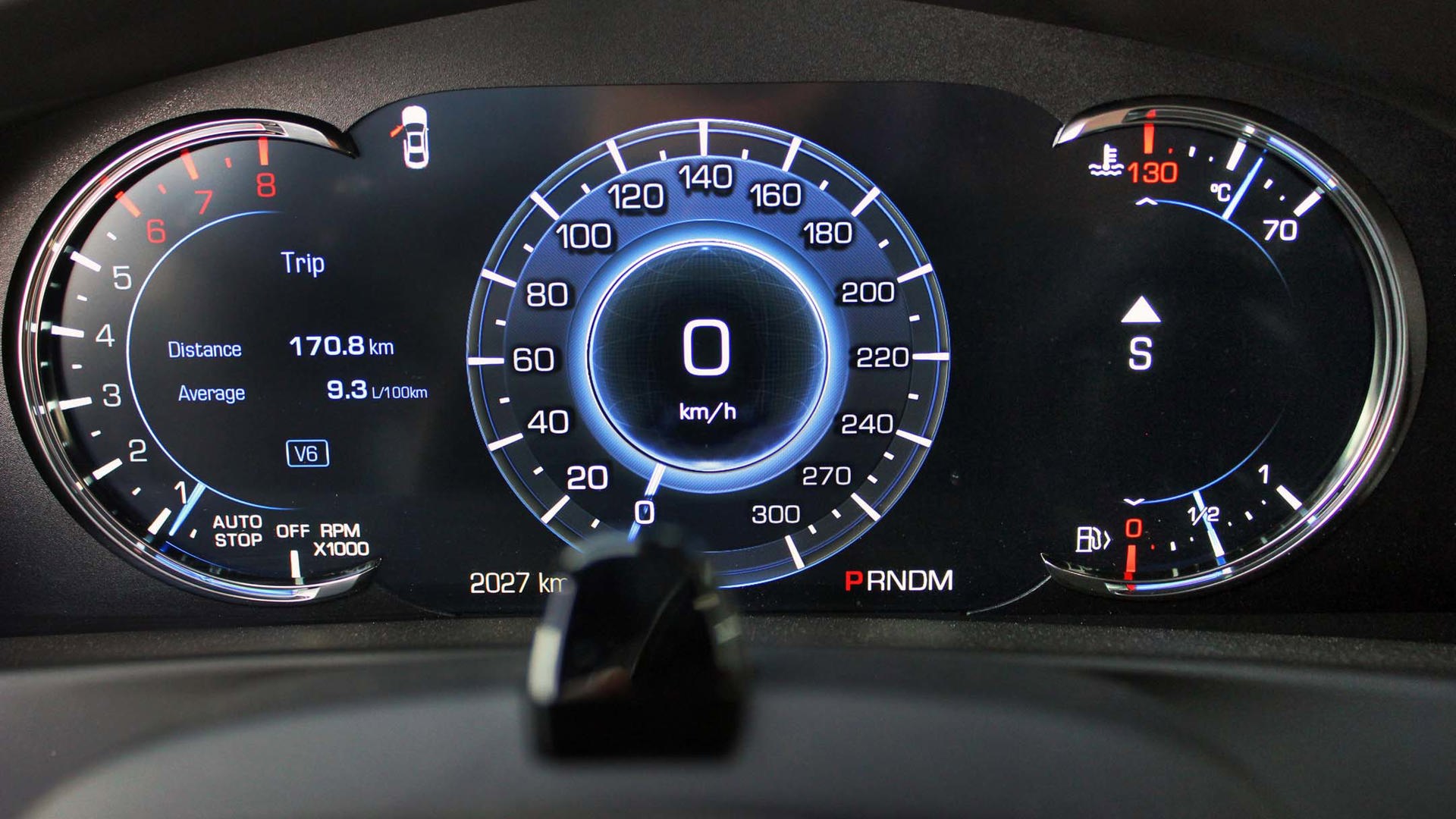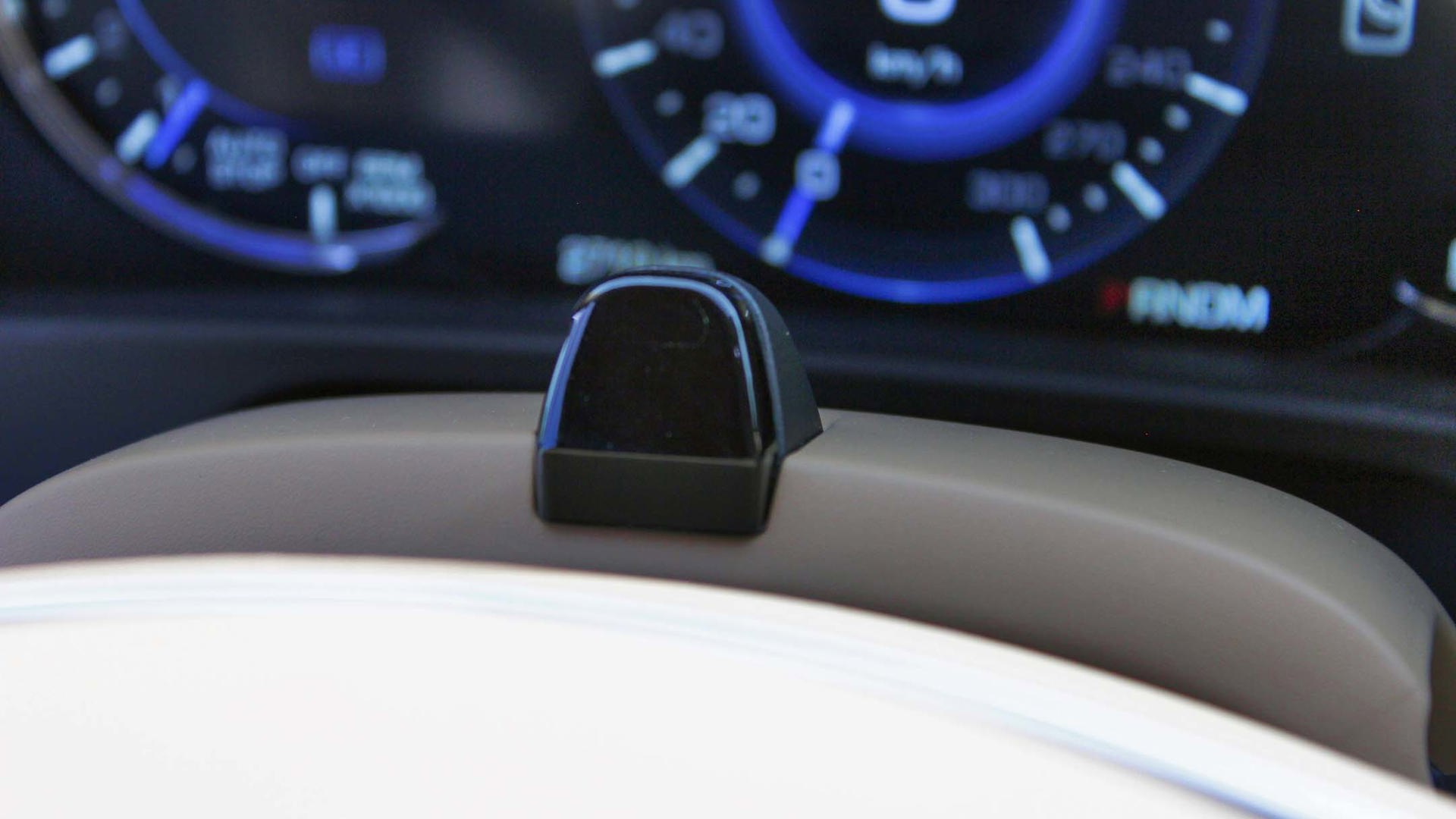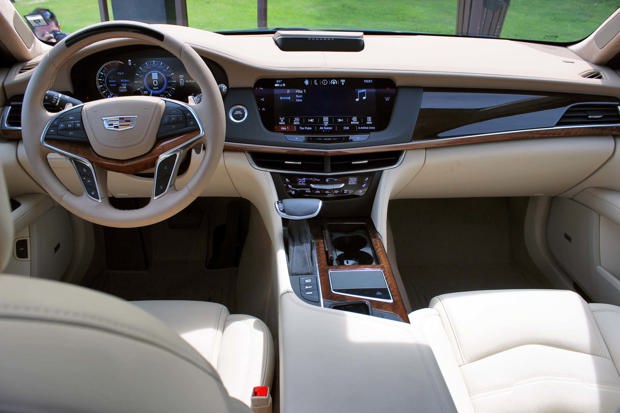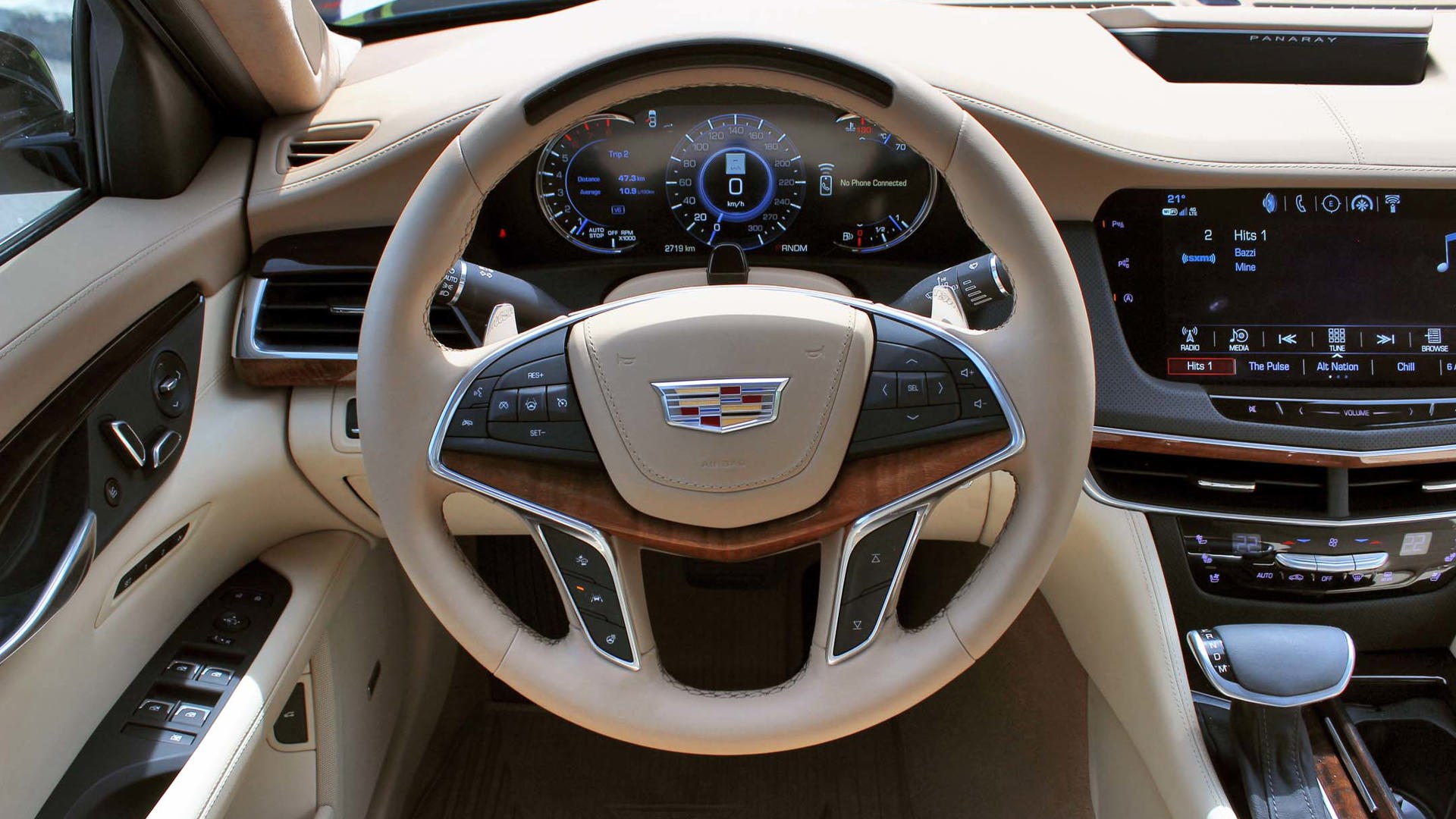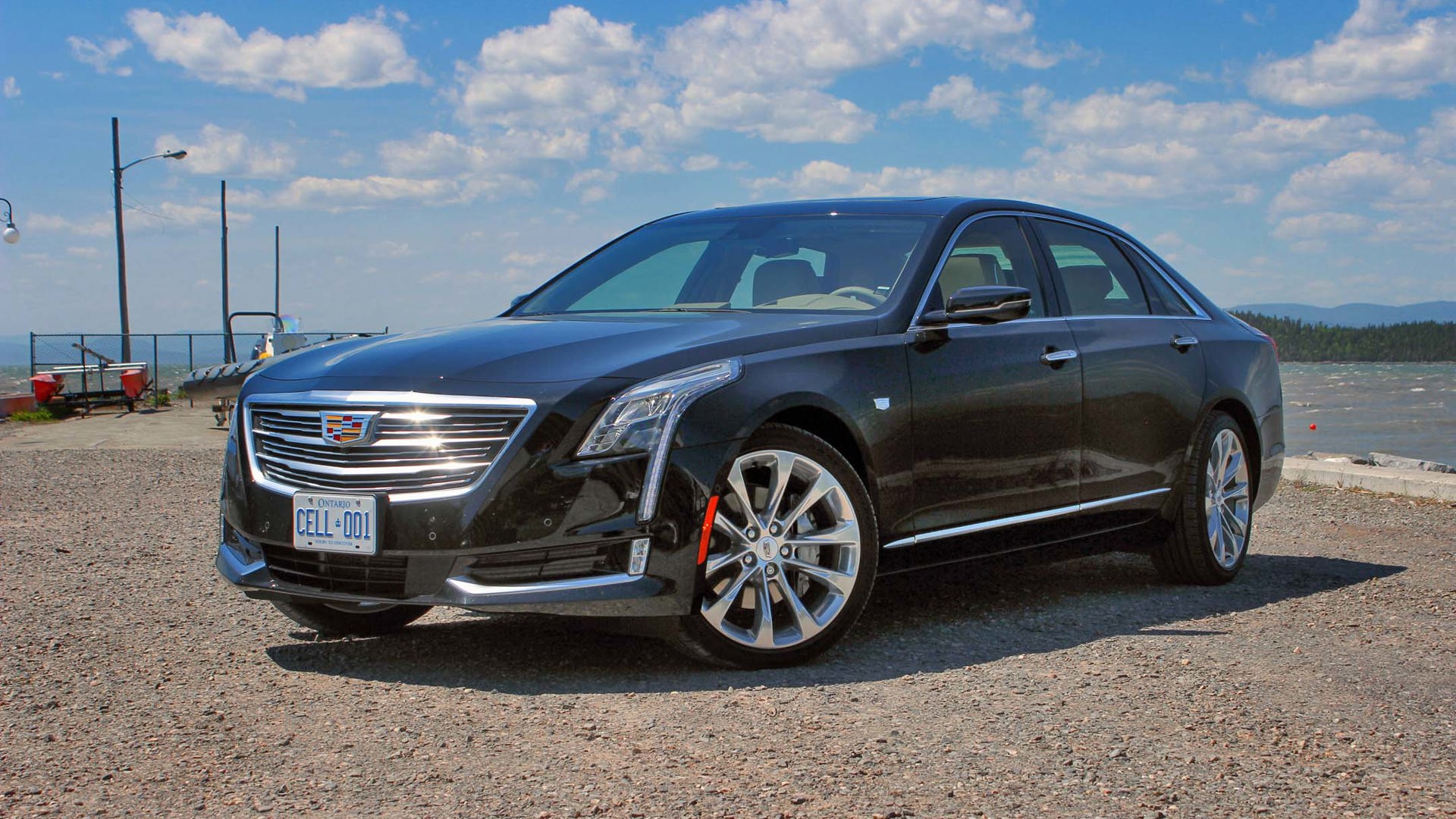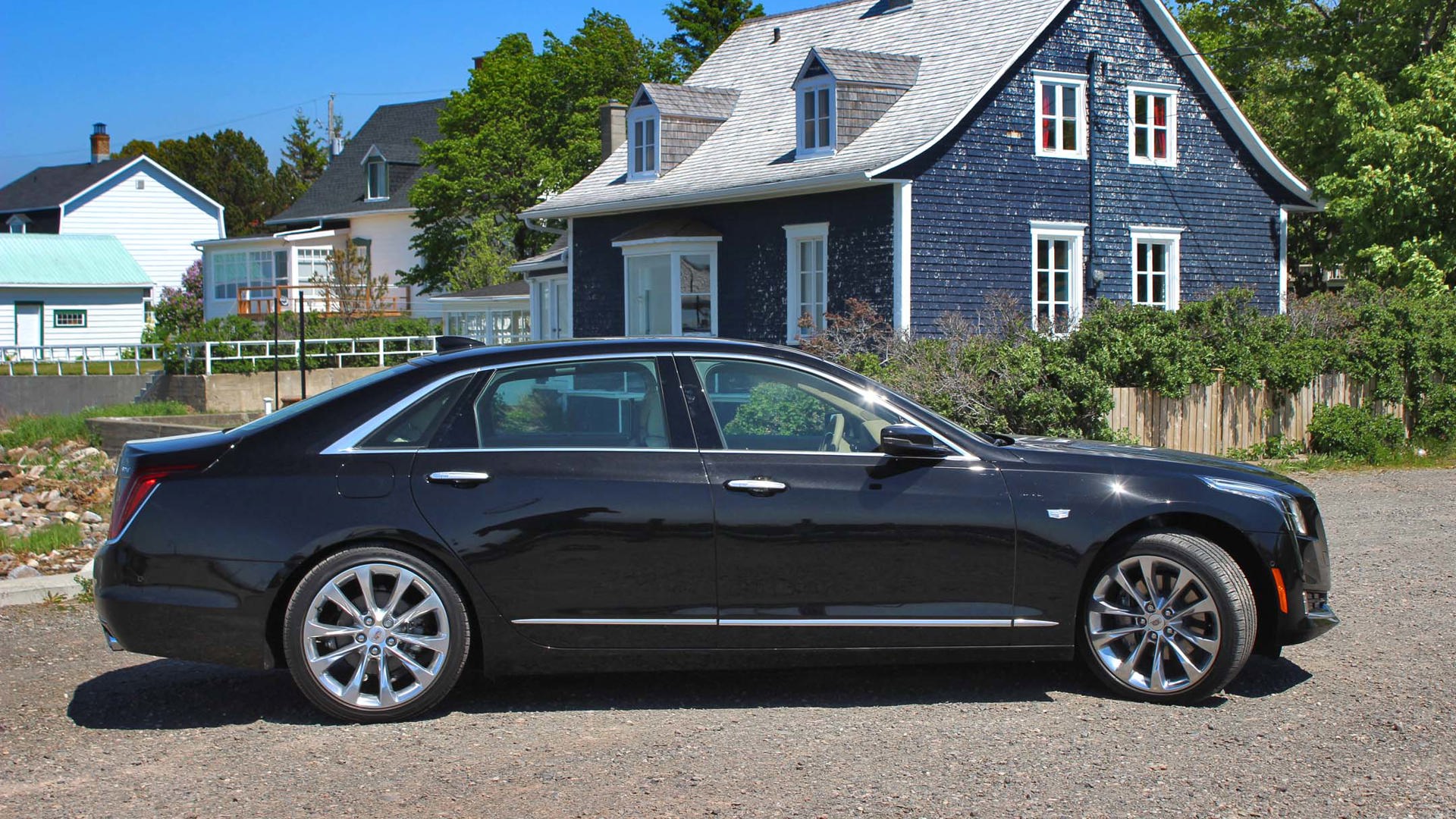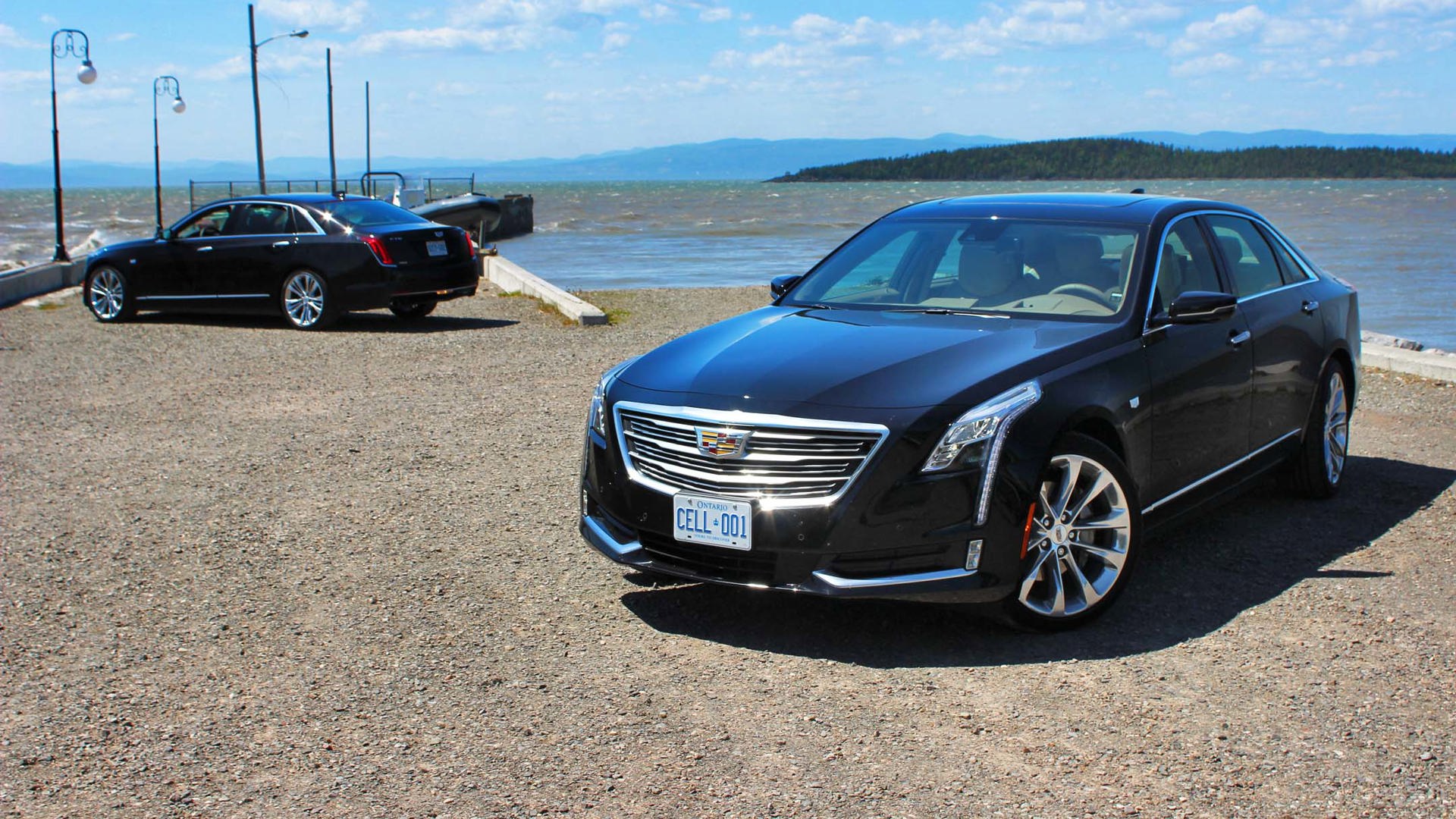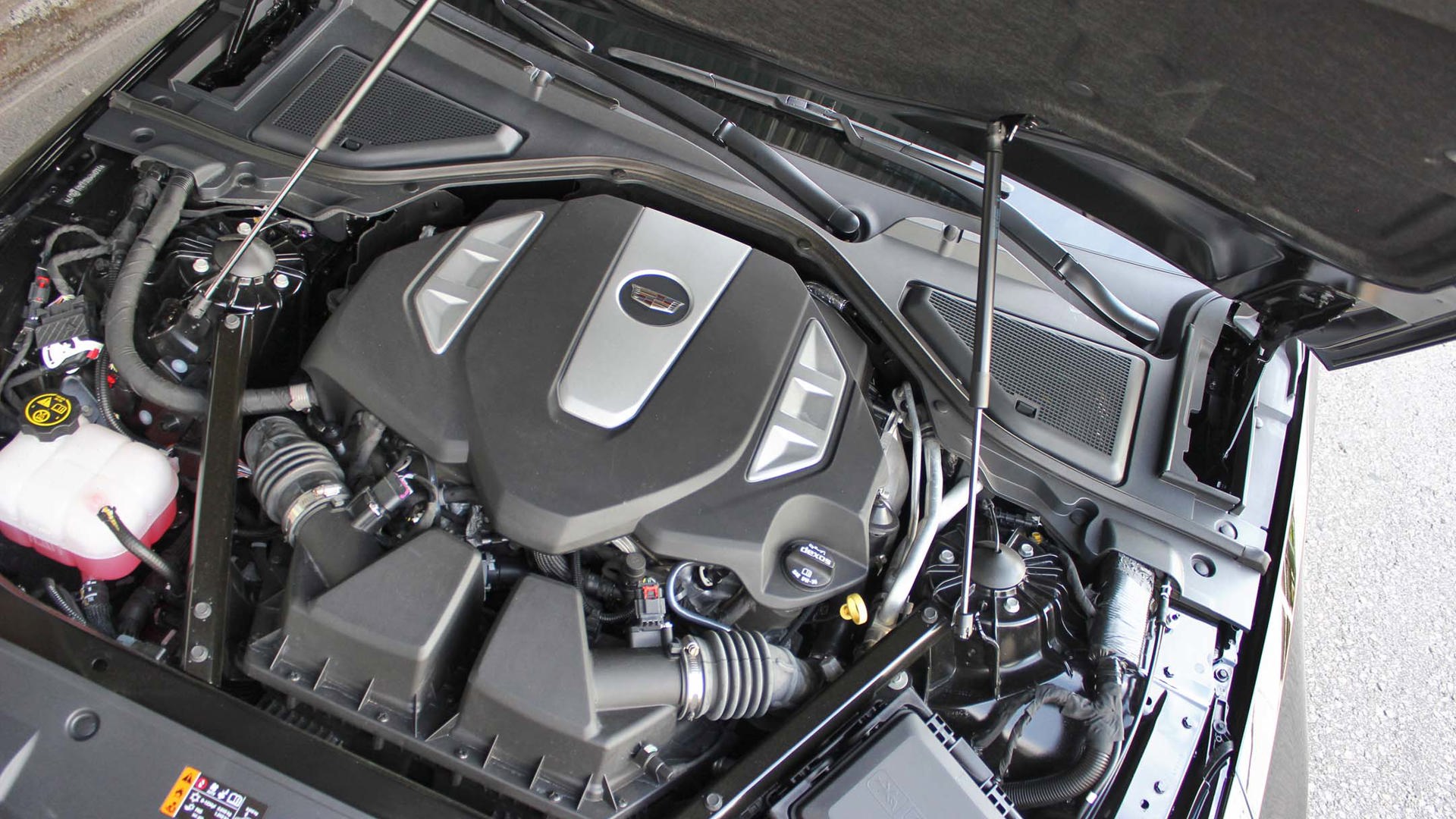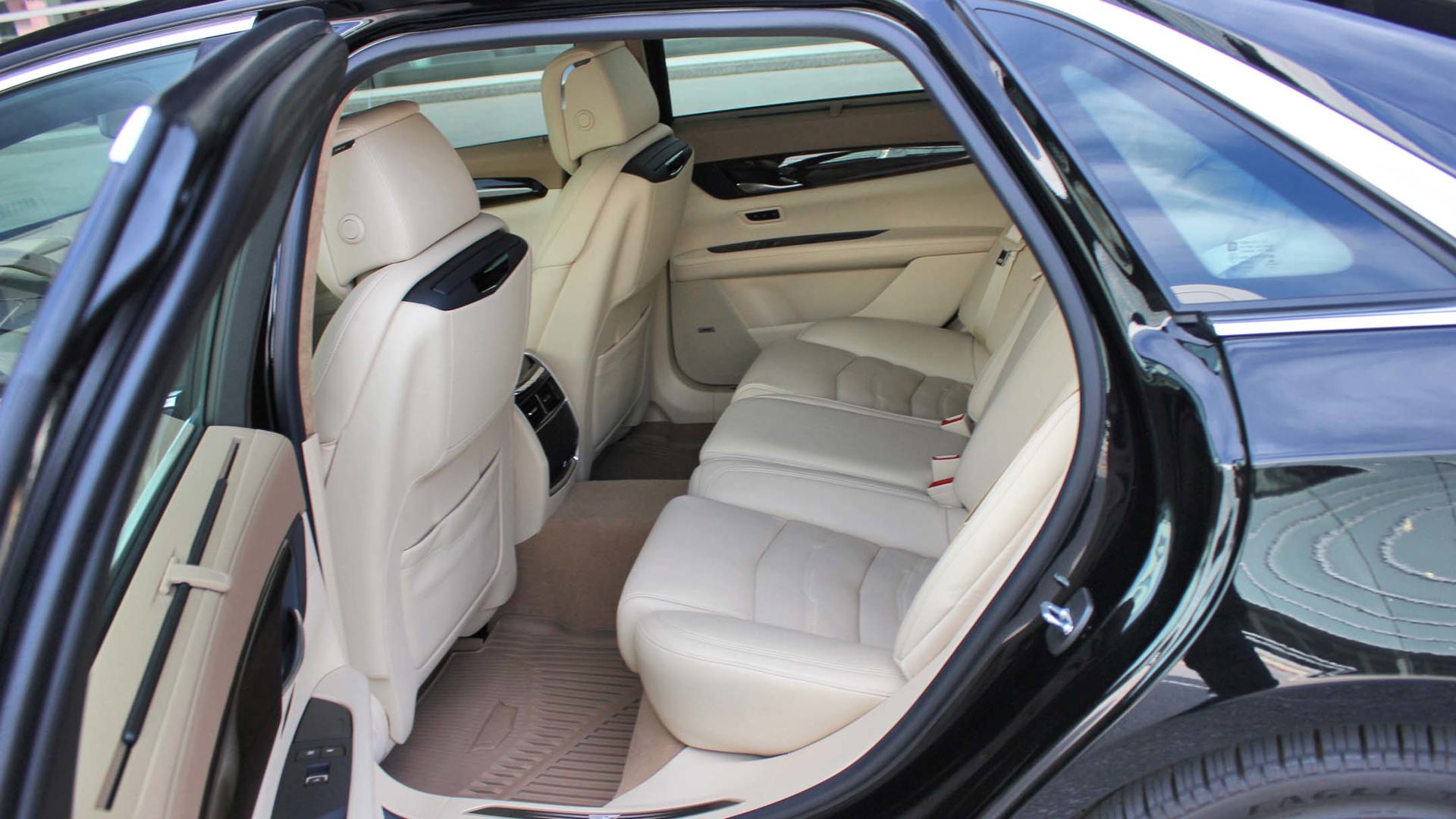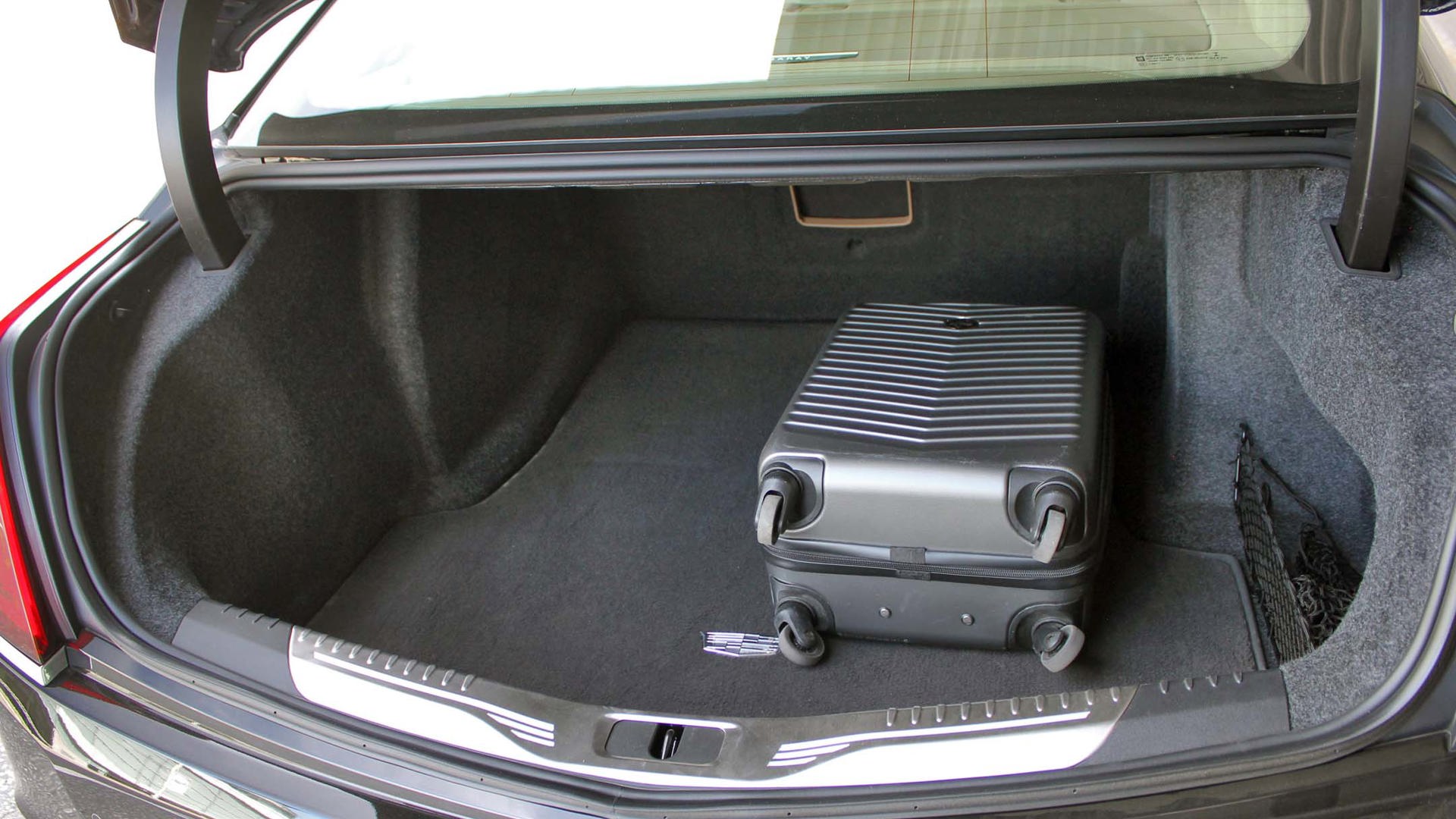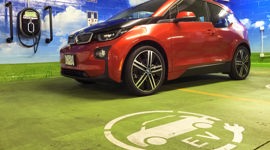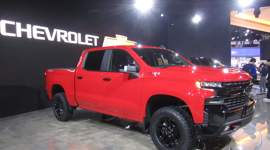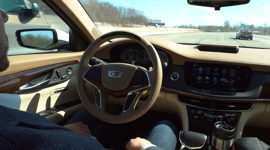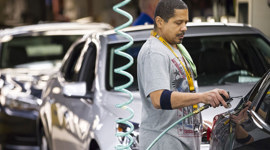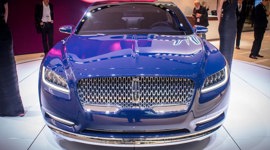What if I told you that you could drive coast to coast with no hands on the wheel and no feet on the pedals, the car only requiring your input when changing lanes? If you’re a traditionalist, you may say, “Please. Autonomous driving is decades away.” If you were slightly more forward-thinking, you may say, “There are lots of cars that can do that right now – my 2015 Acura has adaptive cruise.”
Well, both those points of views are somewhat correct, but if you were to ask Cadillac, the world of autonomy is at your fingertips, right now. It’s called Super Cruise, and according to Cadillac, it is the “first true hands-free driving system for the highway.”
Those are big words to be sure, but when broken down, there’s a certain level of ambiguity that we were dispatched to the beautiful shores of the St. Lawrence River to iron out.
First of all, according to Cadillac, the requirement for a “true” hands-free drive means than you can leave your hands off the wheel for any amount of time, without having the system remind you to re-take control of the wheel. After a recent software update, even the hitherto industry-standard autonomous tech from Tesla no longer does this. With Super Cruise, this is almost 100 percent the case: given the right parameters – which we’ll get to in a moment – the only time in normal driving that you’d have to take control of the wheel is when changing lanes. You indicate, change over, and once you’ve passed that semi or what have you, the car resumes the cruise speed you’d set prior to the lane-change manoeuvre.
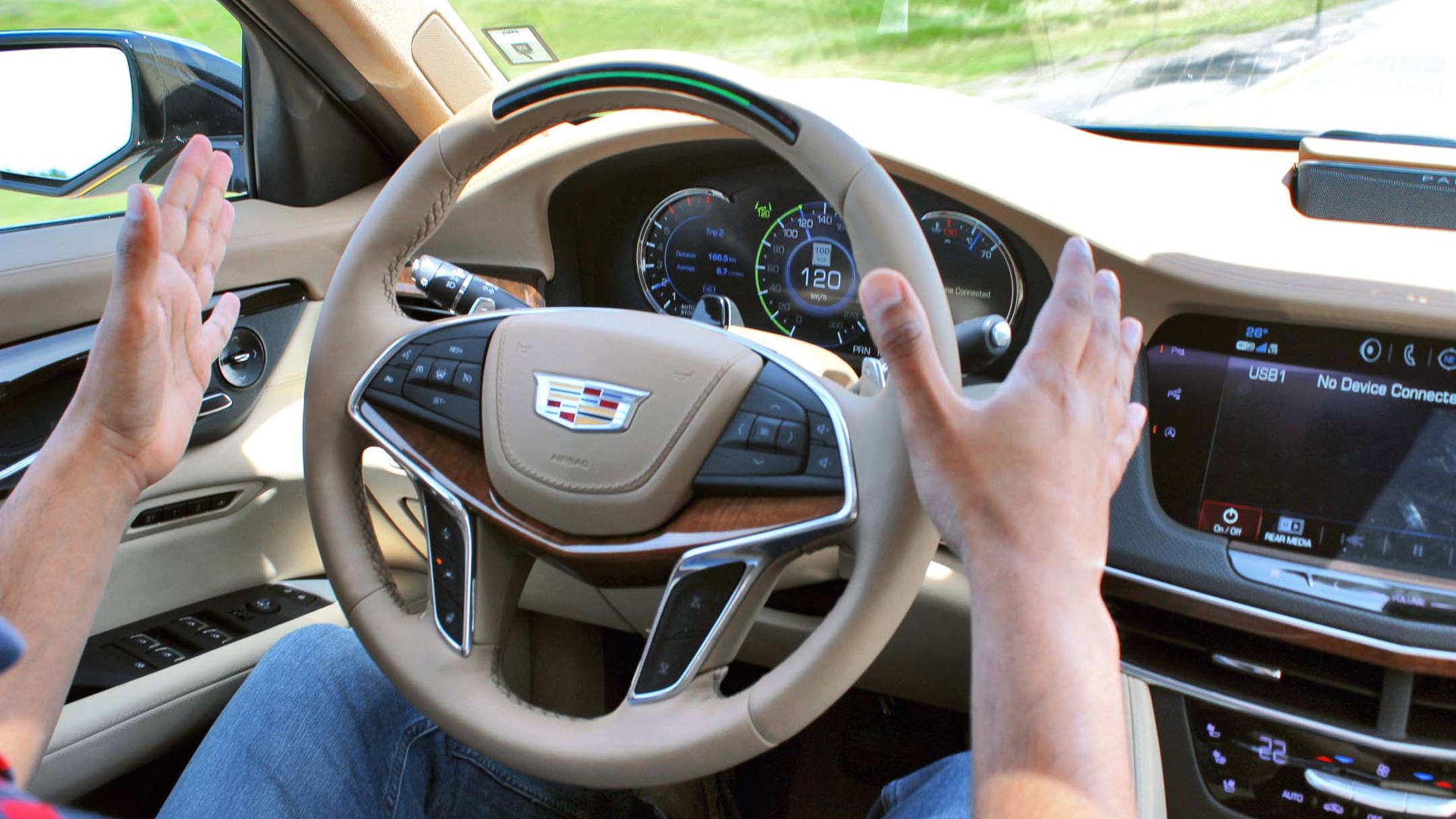
As of right now, the CT6 is the only GM product equipped with the tech, but all Cadillacs will have it by 2020 (the next-gen Escalade was hinted at by Cadillac during the event as the next vehicle to get the tech), and the tech will flow down to other parts of the GM lineup after that. The way Super Cruise works is through a set of Light Detection and Ranging (LiDAR) images that contain all sorts of information: the width of the highway you’re on; the road curvature; the gradient, elevation, geometry of surrounding barriers, medians, and so on.
Cadillac also has GPS-mapped every limited-access highway in North America – by limited access, we mean at least a two-lane divided highway, with no level crossings – and stored it all on two hard drives in the trunk. As you drive, a radar line – “Virtual Vehicle Travel Path”, in Cadillac speak – is sent 2.5 km up the middle of the lane you’re in. Paired with LiDAR, the car knows how much steering angle is required for the road ahead, how much power will be needed to maintain your cruise speed up a specific grade, and so forth.
It also prevents the car from bouncing back and forth between two lane markings; though as we would soon see, there are certain situations that managed to defeat it. The CT6 we were testing knew way more about the road ahead of us that we could see, and so it goes for any mapped highway in North America, which translates to about 210,000 km of road.
All sorts of redundancies are programmed into the system (two computers operate in unison, each one checking the other as you “drive”), to the point where Ng maintains that “only commercial jetliners have this level of redundancy.” It’s wild stuff, and I couldn’t believe it as it was explained to me.
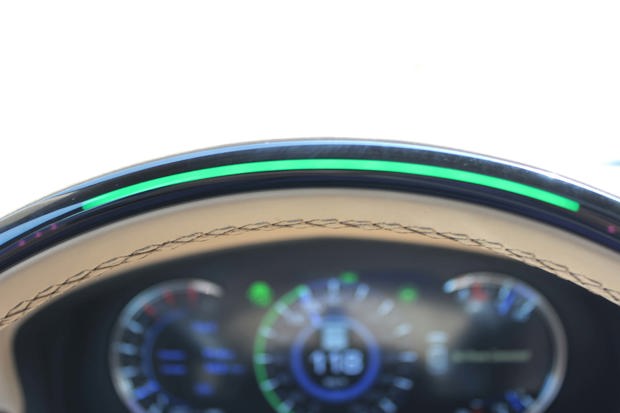
Indeed, it has to be driven to be believed. So we did.
Our drive route would take us out of downtown Quebec City, and it wasn’t long before we were on the highway, setting out on what would be a journey of over 400 km, most of which, we were told, we would be doing without any hands on the wheel.
It takes a little to time to build up the courage, though; as smart and technologically advanced as we may think we all are, we’ve all driven for many years, and we’ve always had a pretty firm grip on the wheel. Letting that go is a little like letting go of your mother’s hand for the first time. Of course, we were here to do a job, and that job was, well, to not drive.
Activating Super Cruise is a fairly simple task: wait for an icon of a steering wheel to appear in your gauge cluster – that means the necessary conditions for activation have been met. Hit a steering-wheel-mounted button – also marked with a steering wheel – and the icon in the gauge cluster turns green along with a band of light atop the steering wheel, and you’re good to go. The car stays locked at the speed you were at before activating the system, and the computers take over the steering.
Don’t think that you can now just zone out, though, and start texting or reading the latest LeBron story in Slam magazine.
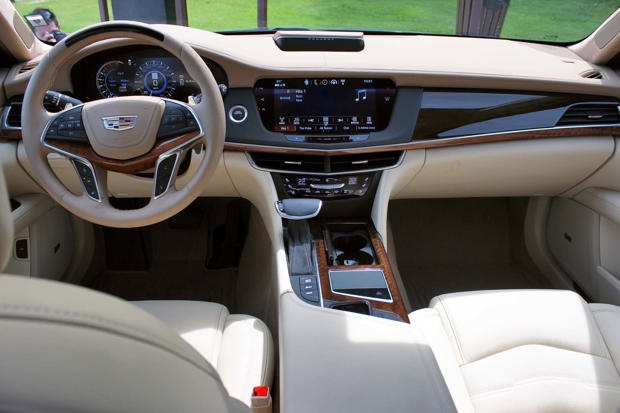
“Super Cruise is not fully autonomous driving,” said Super Cruise product manager Harry Ng. “It is a driver-assistance system, and your attention is required to monitor the driving at all times.” On either side of the light bar atop the wheel, there are three red lights. Those are infrared cameras that are monitoring your facial and head movements, to ensure that you’re alert at the wheel, still looking out on the road and not down at your phone. It doesn’t track your eyes as many of us thought – sunglasses or even light reflecting off regular glasses would defeat a system like that.
What this is about, then, is making life easier on the driver.
“Have you ever wondered why you’re so tired after a long drive?” asks Ng. “You’re sitting in the comfort of the driver’s seat, not really doing any strenuous physical exercise, but you’re tired. It is because during a long drive, you have performed many thousands of dynamic driving tasks. All these tasks wear you out and make you tired. With Super Cruise, it does most of these dynamic tasks for you.”
Of course, if you do happen to, I don’t know, get too relaxed and start to nod off or what have you (or if you just happen to have turned your head to talk to your drive partner for too long, as I did), Cadillac has programmed three levels of intervention to help you get back on task: the first level has the light bar flashing green until you focus up; the second level will see the bar flash red and your seat vibrate, eventually disengaging Super Cruise; the max level of intervention will most likely only be reached if there’s a major health event happening behind the wheel, at which point the car will activate the hazards, slow to a stop and have OnStar call 911.
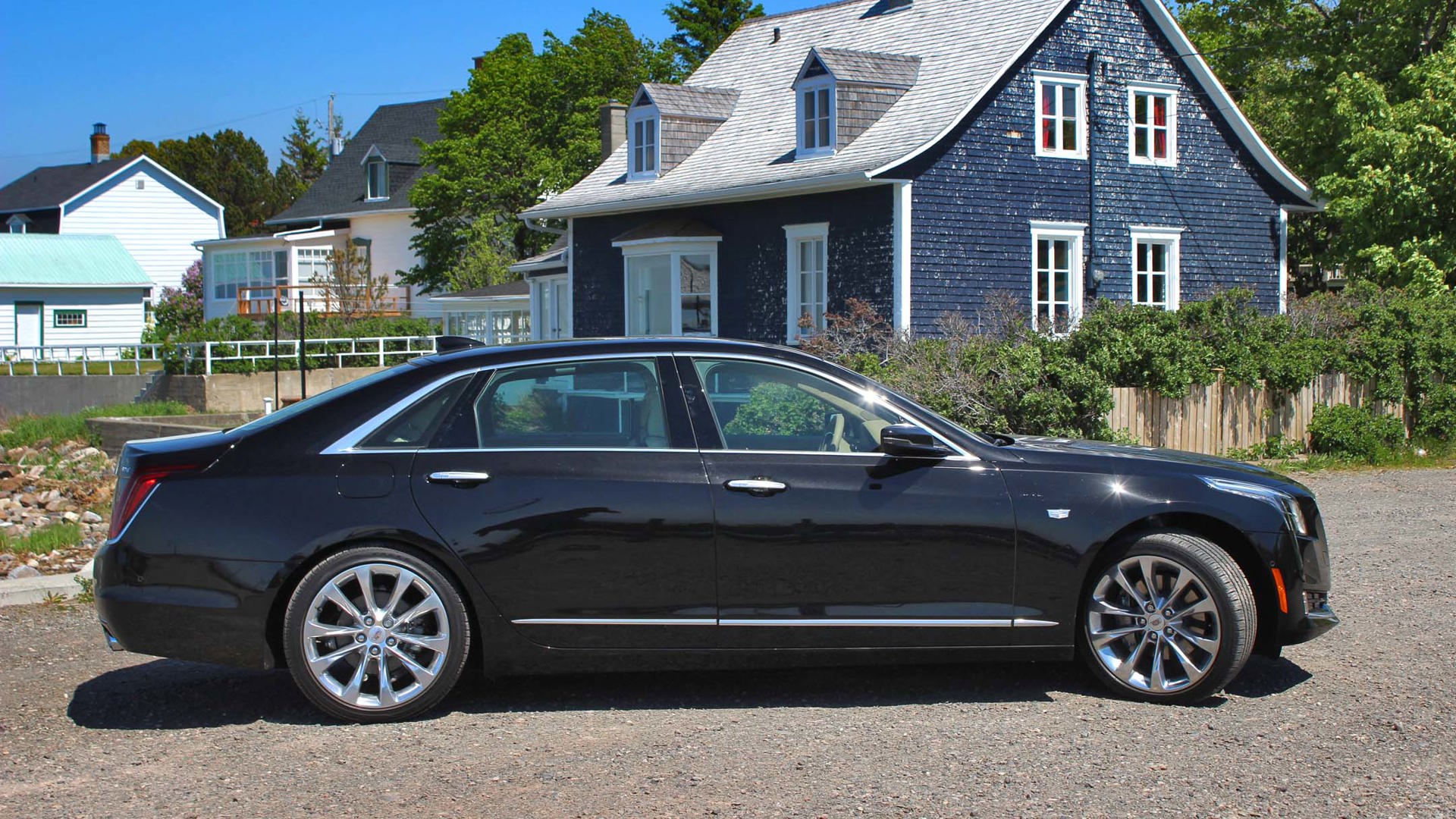
While we (thankfully) never experienced a red-alert-level-three intervention, both of the others came on a few times during our journey. It takes a little while to get used to the shock at first, but it didn’t take long for it to just become another part of the experience. We found one of the most common causes of these alerts to be the arrival of an entry or exit ramp with fading lane markings, the system getting all cranky as we approached.
Otherwise, this tech is actually fan-bloody-tastic. We spent spurts of 30, 40, and 60 km where we essentially had nothing to do at all, save for the occasional lane change. I thought it would be an eerie, alien feeling to do this, but the system is so well integrated that it has you feeling plenty comfortable, plenty quickly. Both my drive partner and myself realized as the drive continued that we started to feel more natural letting Super Cruise do the work; at one point, I even commented that while I was behind the wheel, it felt like I was in a livery vehicle on my way to the airport, interacting with my colleagues.
Even as the surroundings got a little more confined – through a construction zone, for example – the system remained true. The car has a sensor installed at each corner, to help deal with stuff the GPS mapping cannot, such as a traffic cone that’s migrated further into the lane than it should have. Or been purposefully placed farther into the lane than it should be, because that’s what they do in Quebec. That was the toughest part for me: not disengaging Super Cruise as the lanes narrowed. No matter how much you’ve been taught about the system, certain instinctual tendencies cannot be defeated, it seems. Which may be a topic worth diving further into when we talk about the move to full autonomy, but that’s for another day.
As we loped along in stop-and-go traffic on our return to Quebec City (with Super Cruise active; as long as you’re on a limited-access freeway, it works no matter your speed), I did have to marvel at what’s been achieved. As a man who loves driving, loves the feeling of the wheel in my hands, and the pedals (preferably three of them) at my feet, I know a world rife with autonomous cars simply isn’t for me. However, if the systems can be this good and seamless, but at the same time this easy to disengage, well, then I’m all ears.
Now, as Ricky Bobby did, I just need to figure out what to do with my hands.
